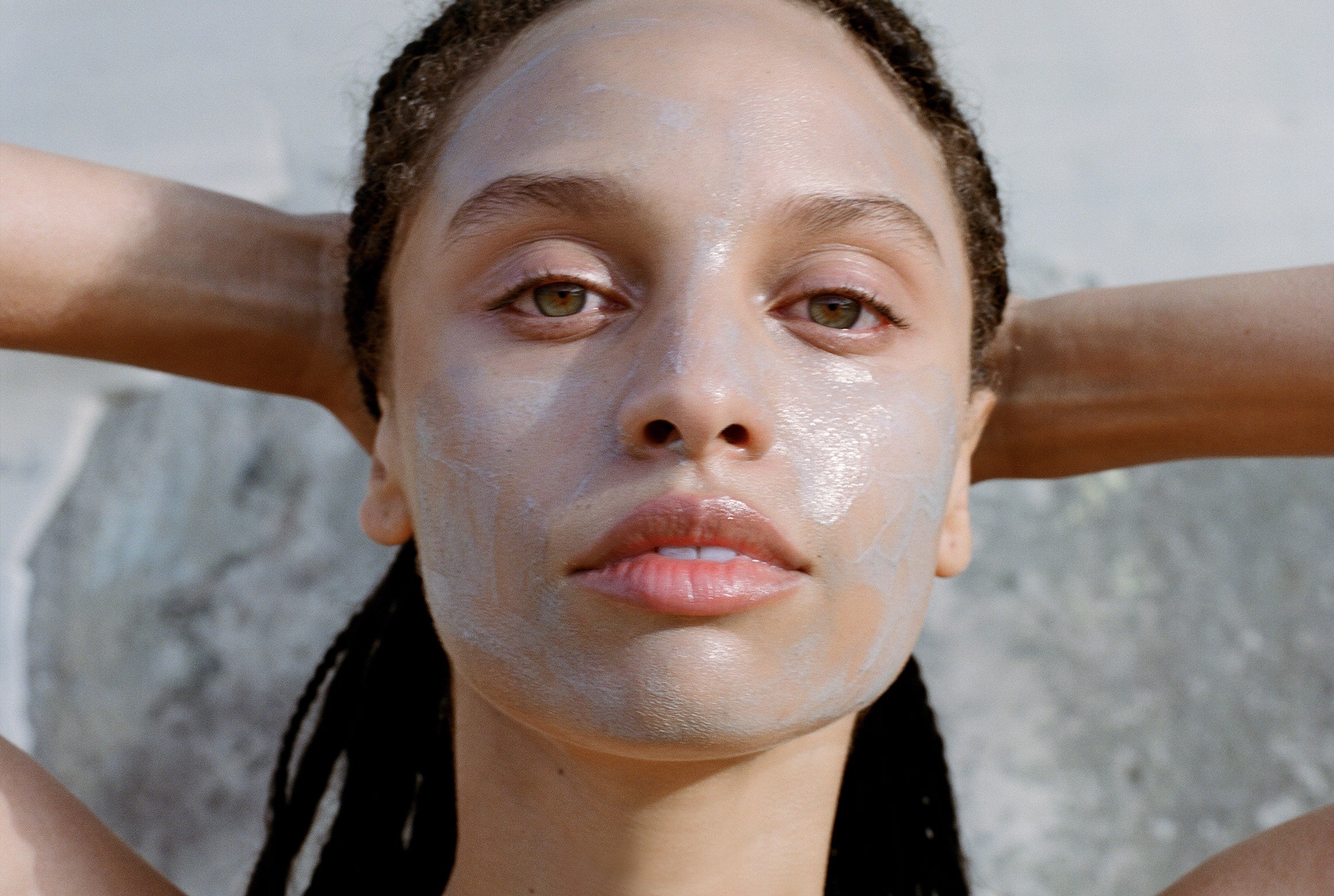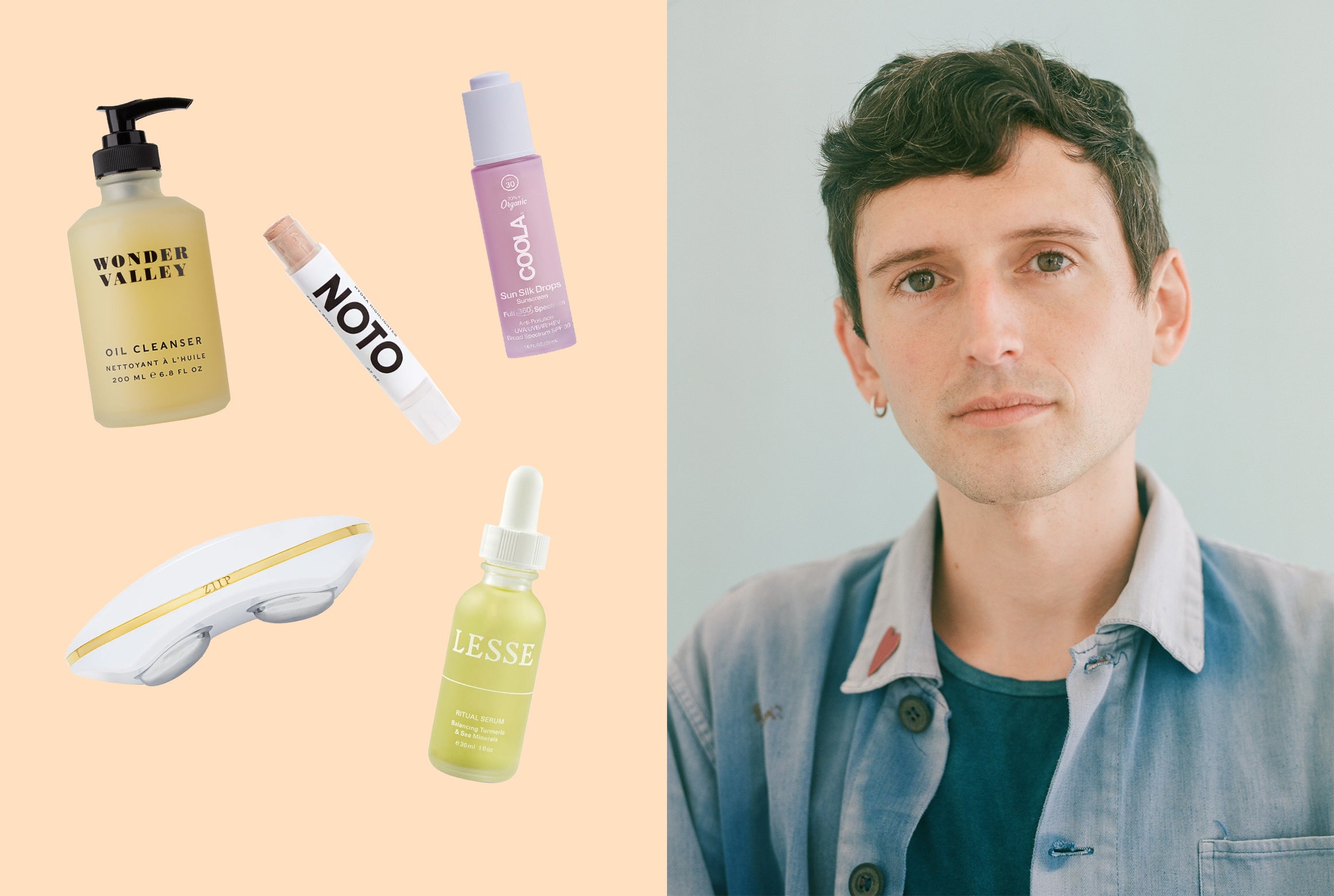Top Derms Debunk 6 Common Acne Myths
Myth #1: All acne is created equal.
There are several types of zits that fall under the general acne vulgaris umbrella. According to the Mayo Clinic, this includes blackheads (open plugged pores), whiteheads (closed plugged pores), papules (small, tender red bumps), pustules (papules with pus at their tips), nodules (sold, painful lumps under the skin), and cystic lesions (pus-filled lumps under the skin). And unfortunately, you aren’t immune to any of the aforementioned afflictions even if you’re well past puberty. “You can get every kind of acne both as an adolescent and as an adult,” says Dr. Orit Markowitz, a New York City dermatologist.
The good news? A board-certified derm can identify the type of acne on deck and draw up an individualized plan of attack. This may include a prescription retinoid, azelaic acid, benzoyl peroxide, oral or topical antibiotics, oral isotretinoin (formerly known by many as Accutane), or in-office laser treatments. “In older patients, we can also take advantage of hormonal treatments that address the underlying issue,” adds Dr. Joshua Zeichner, a dermatologist based in New York City. “Prescription medications include oral contraceptive pills and spironolactone.”
Myth #2: Dirty skin causes acne.
Good hygiene is always advised, but it’s not the only element to consider if you’re consistently battling breakouts. “Acne is caused by four main factors, which include plugging of the hair follicle by skin cells, c. acnes bacteria accumulation, oil production, and resulting inflammation,” explains Dr. Muneeb Shah, a dermatologist in Wilmington, North Carolina known for his TikTok and Instagram videos that present science-backed facts in a sea of misinformation. “It’s influenced by hormones, age, genetics, diet, skincare habits, and many other things.” Of course protective face coverings (which create a warm, humid environment ideal for breeding bacteria), sun exposure, and rising cortisol levels also play a role in how your skin behaves. “Stress pretty much flares up any genetic predisposition that we have,” says Dr. Markowitz.
To keep skin calm, unwind with Lesse’s Bioactive Face Masque, which contains detoxifying charcoal powder and kaolin clay, as well as anti-inflammatory tea tree oil and soothing aloe vera. Dr. Markowitz recommends pairing a mask that pulls out dirt and oil with a retinol or retinoid to prevent blockages from reforming. Try Dr. Loretta’s Concentrated Firming Serum, which uses retinol to slough away dead skin cells.

Myth #3: CBD and chlorophyll clear up acne.
The verdict is still out on both CBD and chlorophyll when it comes to alleviating acne. While countless TikTok stars stand by the benefits of downing liquid chlorophyll like Kool-Aid, Dr. Shah says “there’s really no evidence” that drinking the verdant substance is beneficial to battling breakouts. While he admits that the risk associated with this viral trend is low, he says you can get chlorophyll straight from source by eating leafy vegetables (like spinach, collard greens, and broccoli) instead of splashing out on pricey supplements.
CBD also appears to be a cure-all for anything and everything, but Dr. Markowitz isn’t entirely convinced—at least not yet. “I think there may be anti-inflammatory benefits to CBD, but it’s not FDA-regulated,” she says. Once firm guidelines are is in place, dermatologists may gain more confidence in the ingredient.
Other social media remedies you can skip: baking soda, toothpaste, and raw potatoes. Dr. Shah says that baking soda “has a high pH that disrupts the skin barrier” and toothpaste is full of irritating ingredients that do more harm than good. “Historically, toothpaste contained an antibacterial agent, triclosan, that had some benefits in treating acne, but [today’s formulas] no longer contain this ingredient,” he adds. Save spuds, which are said to contain starches and salicylic acid that dry out blemishes, for dinner—and keep them off your face.
A few over-the-counter ingredients most derms can get behind: retinol (or a retinoid like Differin Gel, which doesn’t require a prescription), benzoyl peroxide, sulfur, and salicylic acid (found in Ode to Self’s Bask Cleansing Balm).

Myth #4: Oil-based products cause breakouts.
“You can certainly use oil-based skincare, including moisturizers and cleansers, if you have acne-prone skin,” says Dr. Zeichner. “You just need to look for the right oil.” Steer clear of olive and coconut oils, which can block pores. Instead, look for non-comedogenic formulas containing rosehip seed, jojoba, squalane, grapeseed, or safflower oils. Try Noto Deep Serum, which hydrates skin using both grapeseed and rosehip seed oils.

Myth #5: Physical sunscreen clogs pores.
“Most acne patients avoid mineral blockers because they tend to be thicker in consistency,” says Dr. Markowitz. “It’s a common misconception because mineral formulas sit on the surface, while chemical sunscreens get absorbed into the skin and can actually clog pores.” Look for a mineral SPF containing zinc oxide, like EltaMD (one of Dr. Markowitz’s favorites) or Dr. Loretta Urban Antioxidant Sunscreen.

Myth #6: More is better.
When it comes to potent, acne-fighting ingredients, a little goes a long way. “The biggest mistake people make is overdoing it,” says Dr. Zeichner. “Using more products or applying too much of an individual product can lead to skin irritation and make matters worse.” Doubling down on active ingredients available over the counter (such as salicylic acid, benzoyl peroxide, retinol, etc.) when you’re already managing acne with a prescription treatment can also leave you high and dry. Soothe parched skin with simple, non-comedogenic moisturizers that contain a nice balance of humectants (such as glycerin) and sealants (like shea butter), says Dr. Markowitz. Try Natureofthings Balancing Facial Essence to flood skin with weightless moisture and Saya Balance Moisture to lock in hydration. The real secret to curing acne is consistency. “It can take two to three months to see improvement,” says Dr. Shah. “Patience is key.”

Written by Amber Kallor
More Subject:Matter
Patrick Kelly, the founder of Sigil Scent, has designed transcendent olfactory experiences that continue to inspire. His inner-outer glow is a natural beauty we also find ourselves continually inspired by, so we had to ask about his philosophy, and of course routine!
Read more
